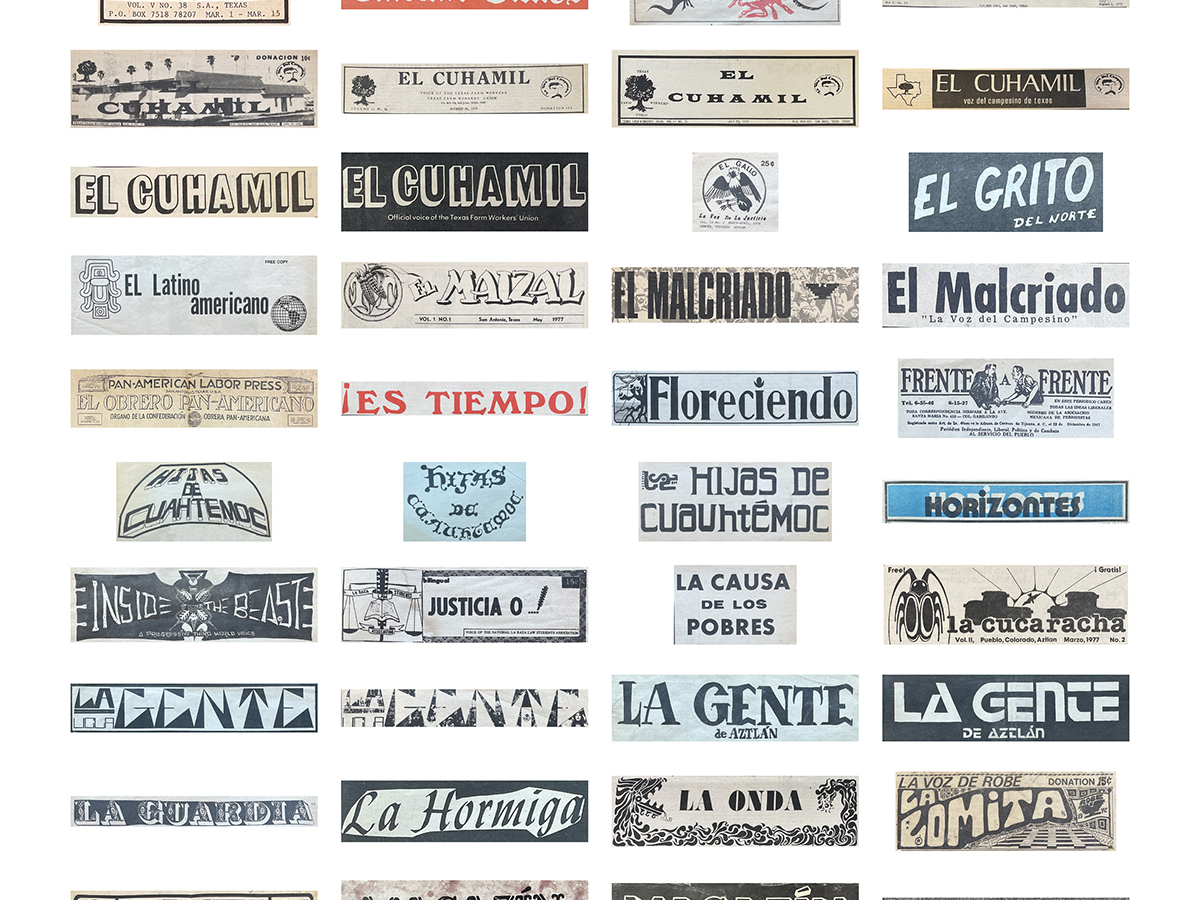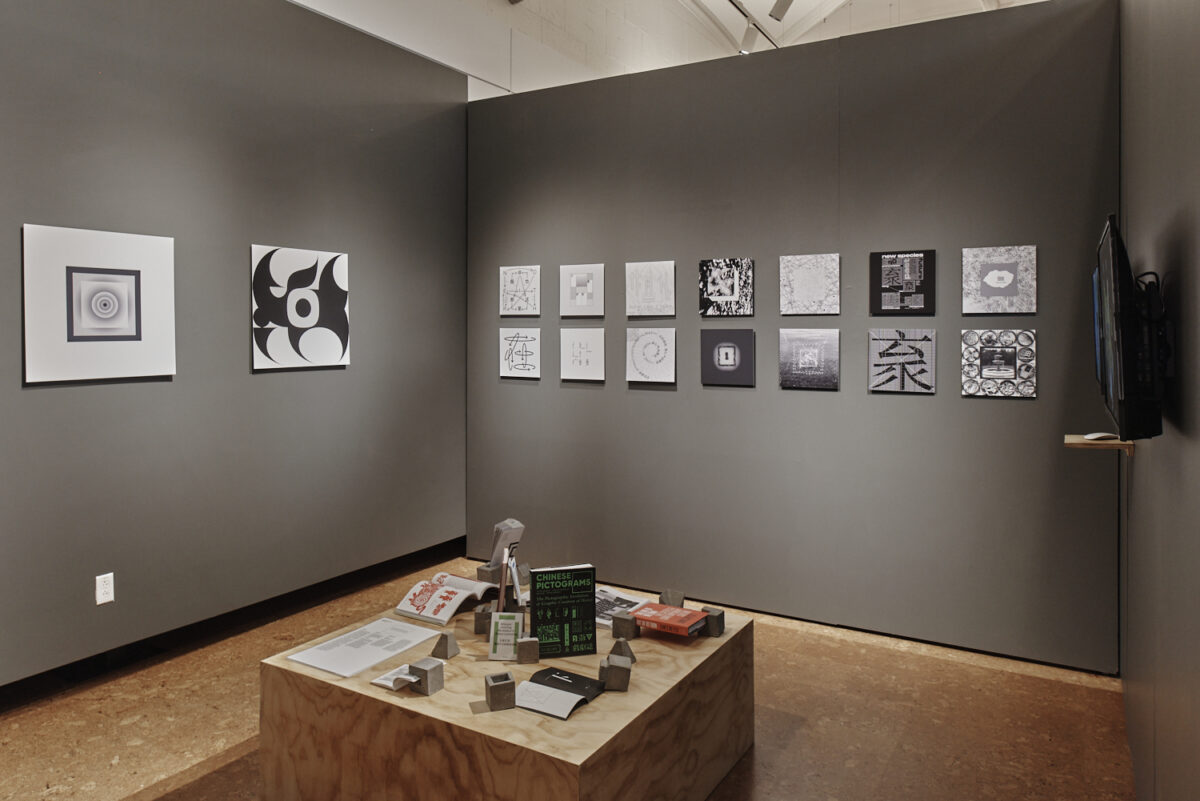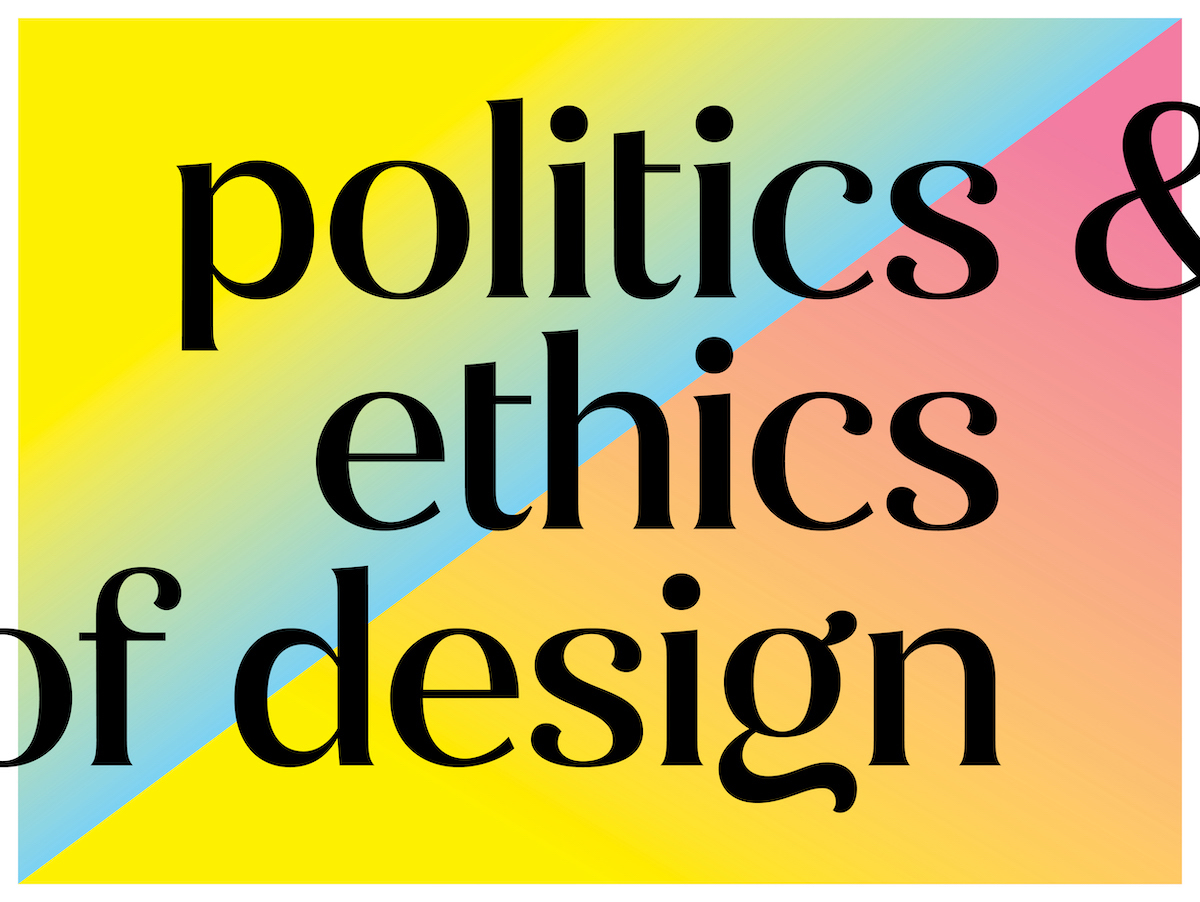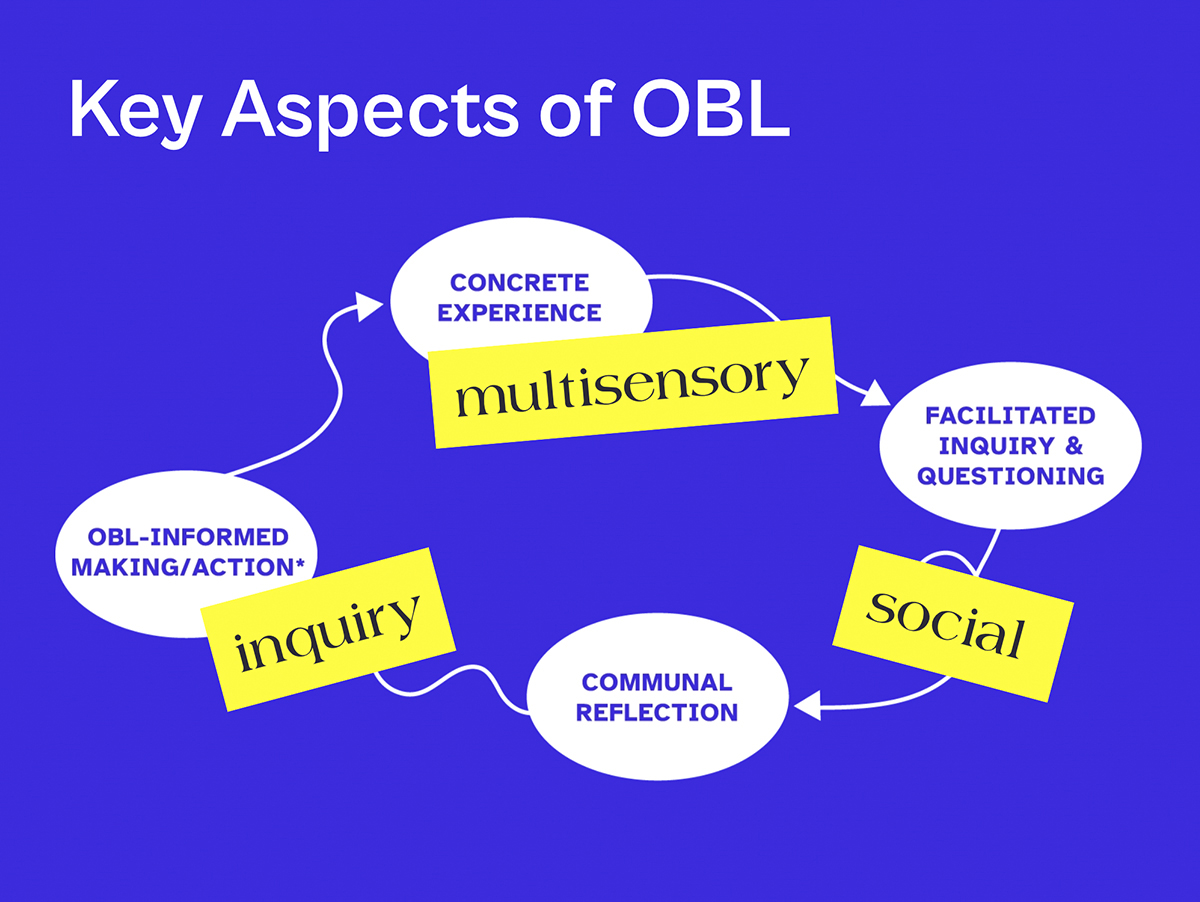Hosted by Liz DeLuna, Professor, St. John’s University
Presentations will be published on the Design Incubation YouTube Channel after May 29, 2024. This hybrid conference will be held on Friday, June 7, 2024 at 1pm EST at St. John’s University, Manhattan Campus.
Eventbrite Tickets, in-person and virtual attendance:
Agenda
| 1:00pm | Liz DeLuna: Welcome |
| Evolution in Content Creation: 10 years of The Design Writing Fellowship Aaris Sherin, Professor, St. John’s University | |
| Cultures of Excellence: Lessons Learned from Eight Years of the Communication Design Educators Awards Steven McCarthy, Professor Emeritus, University of Minnesota | |
| 10 Years of Design Incubation’s Colloquium Presentations Camila Afanador Llach, Peer Review Director, Design Incubation Associate Professor, Florida Atlantic University | |
| 1:45pm– 2:45pm | Research Presentations |
| Navigating Web Accessibility: Lessons Learned from a Community of Practice Dannell MacIlwraith, Assistant Professor, Kutztown University | |
| Mining for Ideas: Collaborative Collages as Spaces of Opportunity Anna Jordan, Assistant Professor, Rochester Institute of Technology | |
| Data in Motion: Storytelling with Data and Motion Graphics through a Graphic Design Practice & Pedagogy Eugene Park Associate Professor University of Minnesota, Twin Cities | |
| 2:45–3:15pm | BREAK |
| 3:15pm | On the Consideration of a Black Grid Keynote Presentation Silas Munro, Partner at Polymode, Artist, Design Author, and Design Educator |
| Practical Tips for Research Success and Remaining Sane Robin Landa, Distinguished Professor, Michael Graves College, Kean University | |
| 3:45pm – 4:45pm | Research Presentations |
| Federico: Embracing Outside Influences Kyla Paolucci, Assistant Professor, St John’s University | |
| Fuzzy Modes, Clear Communication – Radio as a Process, Tool, and Language for Graphic Design Matthew Flores, Graphic Design Fellow, School of Design, University of Tennessee-Knoxville | |
| Revitalizing Symbolic Urbanism: Digitalizing the Vernacular Visual Language of Detroit’s Urban Landscape Dho Yee Chung, Assistant Professor, Oakland University | |
| Old World, New Forms: Extrapolating 19th Century American Wood Type Javier Viramontes, Visiting Lecturer, Rochester Institute of Technology |









